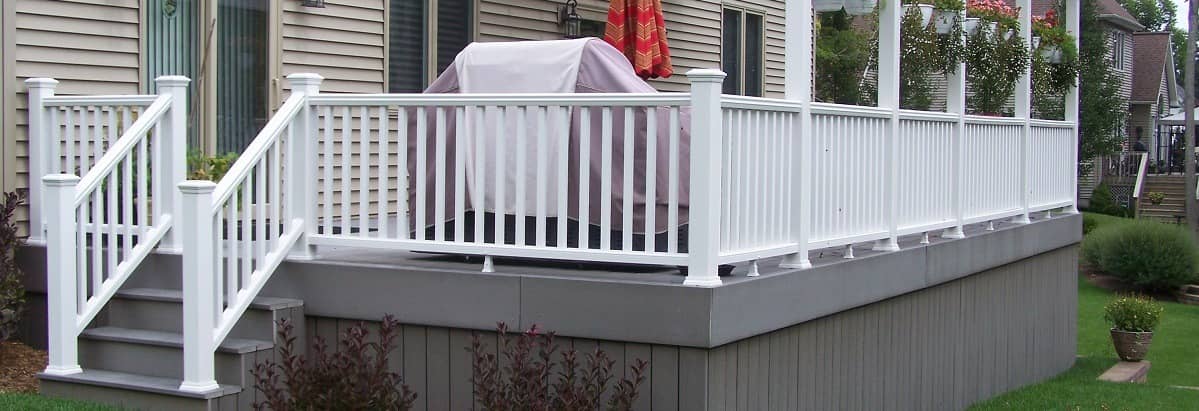How To Choose Hardwood Deck Lumber From Trees Native To NY

Some of the best hardwood deck lumber grows from trees right here in New York. As a local homeowner, you have so many different beautiful hardwoods to choose from. Why build your deck with exotic hardwood from other countries when we have some of the most striking lumber right here?
Hardwood trees grow slowly, making the wood dense, while softwood trees grow quickly and are more porous. There are soft hardwoods that fall somewhere in-between. Hardwoods make the best natural decking material because they resist decay, are resistant to insects and are rich in color with tight wood grain patterns.
Here are some of the most beautiful hardwoods native to New York which are perfect for building decks.
- Sugar Maple
- Yellow Birch
NY Hard Hardwoods:
- Northern Red Oak
- Scarlet Oak
- Pin Oak
Black Oaks:
- Post Oak
- Swamp White Oak
- Chestnut Oak
- Bur Oak
White Oaks:
- Bigtooth Aspen
- Balsam Poplar
- American Basswood
- Northern Catalpa
- Eastern Redbud
NY Soft Hardwoods:
Comparing Hardwoods to Other Decking Materials
How long the deck lasts is one important factor when choosing materials.
- A hardwood deck can last for 40 years if you maintain it with water seal and keep it clean. The denser the wood, the longer it lasts.
- Pressure treated lumber lasts about 15 years, longer if waterproofed regularly but shorter when making contact with the soil.
- Composite decking is said to last from 25 to 30 years. The better made composite decks last longer because they resist UV ray damage.
Keep In Mind How Hardwood Decks Are Built
We wouldn't recommend building a deck entirely of hardwood because it still rots quickly when in contact with soil. Normally, the base of a deck is made of either pressure-treated lumber. Steel beams can also be used.
Just the top portion of the deck is made of hardwood. That's the part you walk on and that the railings and top of the stairs are made of.
By building the lower support of the deck from pressure treated lumber, it is more resistant to soil conditions and more affordable to replace as necessary.
